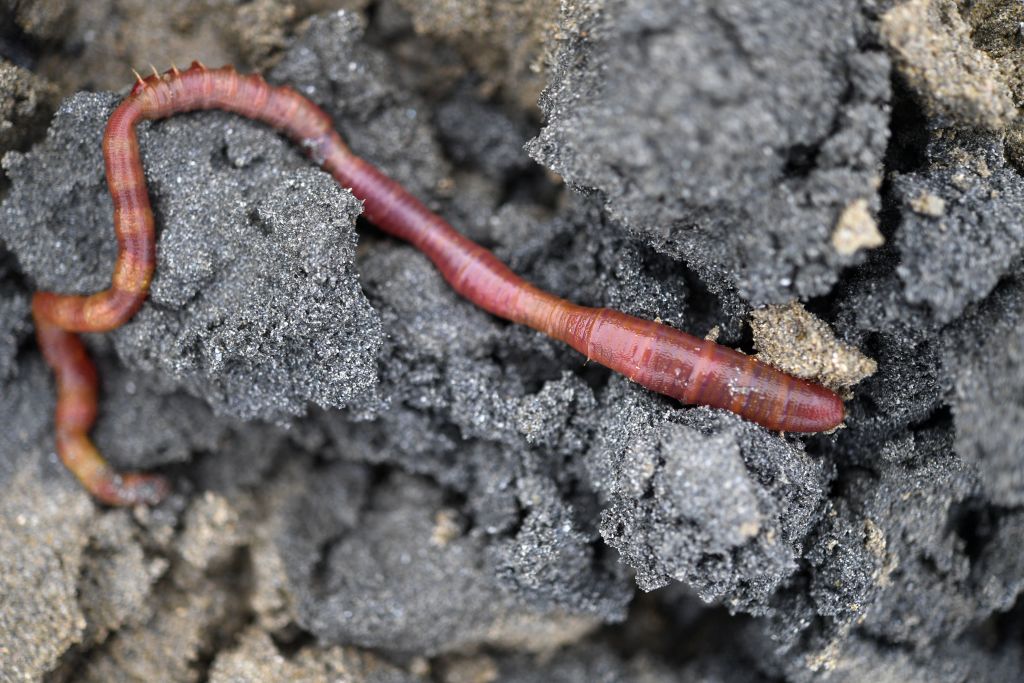
Anti-doping expert Peter Van Eenoo has dismissed concerns about the use of marine worm haemoglobin as a blood doping product despite its ability to transport 40 times more oxygen than human haemoglobin.
Van Eenoo recognised worm haemoglobin could be performance enhancing but joked about cycling teams trying to obtain it.
Speaking to Het Nieuwsblad, Van Eenoo said: “If you see a cycling team digging up worms on the beach, please call me.”
A report by l’Equipe at the weekend highlighted the potential of abuse of marine worm or lugworm haemoglobin, with its creator Dr. Franck Zal revealing that in 2020, that a 'well-known cyclist whose team participates in the Tour de France' contacted him in an attempt to obtain the product.
Dr. Zal and his team at Hemarina created Arenicola marina lugworm extracellular haemoglobin (HEMOXYCarrier®) for medical use after discovering the worm's incredible oxygen transporting qualities. Lugworms can live both underwater and in the air.
WADA told l’Equipe they are aware of the risks of lugworm haemoglobin being used for blood doping, with a test in place but a short half-life means it becomes undetectable after just a few hours.
“I’m not aware of any athlete who has been able to get his hands on it,” Van Eenoo, who works in the Gent anti-doping laboratory, told Het Nieuwsblad.
“There is only one company, in France, that develops the product and they maintain very strict control over it.”
Van Eenoo insisted he was not worried about the abuse of the lugworm haemoglobin.
“It's pretty easy to detect. In normal blood, plasma turns yellow when tested. With a synthetic haemoglobin, such as Hemarina, it turns red. I'm not really worried at the moment.”
However testing needs to be done soon after taking lugworm haemoglobin.
Blood tests are done after races as part of anti-doping testing and some teams underwent surprise anti-doping blood tests just an hour before the start of some races in 2023.
“This is a product to look for in competition. But it is visible in a blood test,” Adeline Molina of the L’Agence française de lutte contre le dopage (AFLD) told l’Equipe.
Recent research published by Analytical Science Journals suggested that “a detection window of four to eight hours should be sufficient to uncover doping with lugworm haemoglobin.
They highlighted that while lugworm haemoglobin has not been clinically approved as an oxygen carrier, a graft preservative for transplant procedures containing lugworm Hb has been approved for medical use in Europe, “which makes the drug readily available for cheating athletes.”







